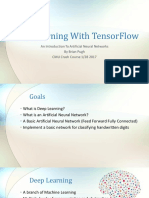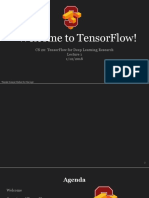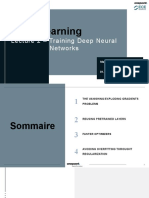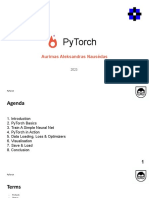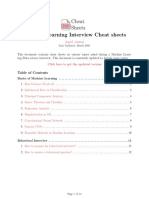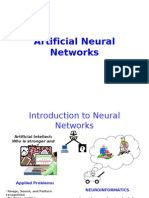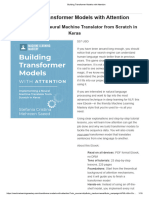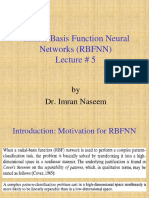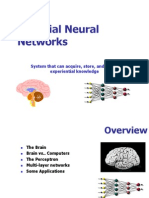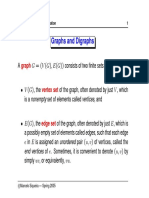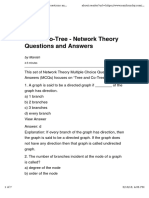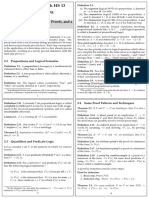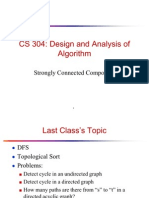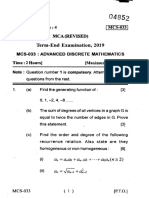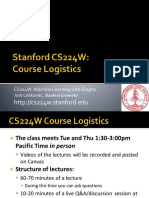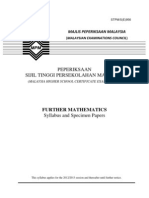100% found this document useful (1 vote)
335 views38 pagesTensorFlow Basics
This document provides an overview of TensorFlow basics including TensorFlow syntax, graphs, variables, placeholders, and building neural networks. It discusses TensorFlow regression and classification examples using the Estimator API. Key topics covered include defining feature columns, creating Estimator models, input functions, and calling train, evaluate and predict methods. Code examples are provided for building simple graphs, linear and deep neural network models for regression and classification tasks. Exercises and solutions are included for hands-on practice with regression and classification using TensorFlow and the Estimator API.
Uploaded by
AvinashCopyright
© © All Rights Reserved
We take content rights seriously. If you suspect this is your content, claim it here.
Available Formats
Download as PPTX, PDF, TXT or read online on Scribd
100% found this document useful (1 vote)
335 views38 pagesTensorFlow Basics
This document provides an overview of TensorFlow basics including TensorFlow syntax, graphs, variables, placeholders, and building neural networks. It discusses TensorFlow regression and classification examples using the Estimator API. Key topics covered include defining feature columns, creating Estimator models, input functions, and calling train, evaluate and predict methods. Code examples are provided for building simple graphs, linear and deep neural network models for regression and classification tasks. Exercises and solutions are included for hands-on practice with regression and classification using TensorFlow and the Estimator API.
Uploaded by
AvinashCopyright
© © All Rights Reserved
We take content rights seriously. If you suspect this is your content, claim it here.
Available Formats
Download as PPTX, PDF, TXT or read online on Scribd
/ 38


